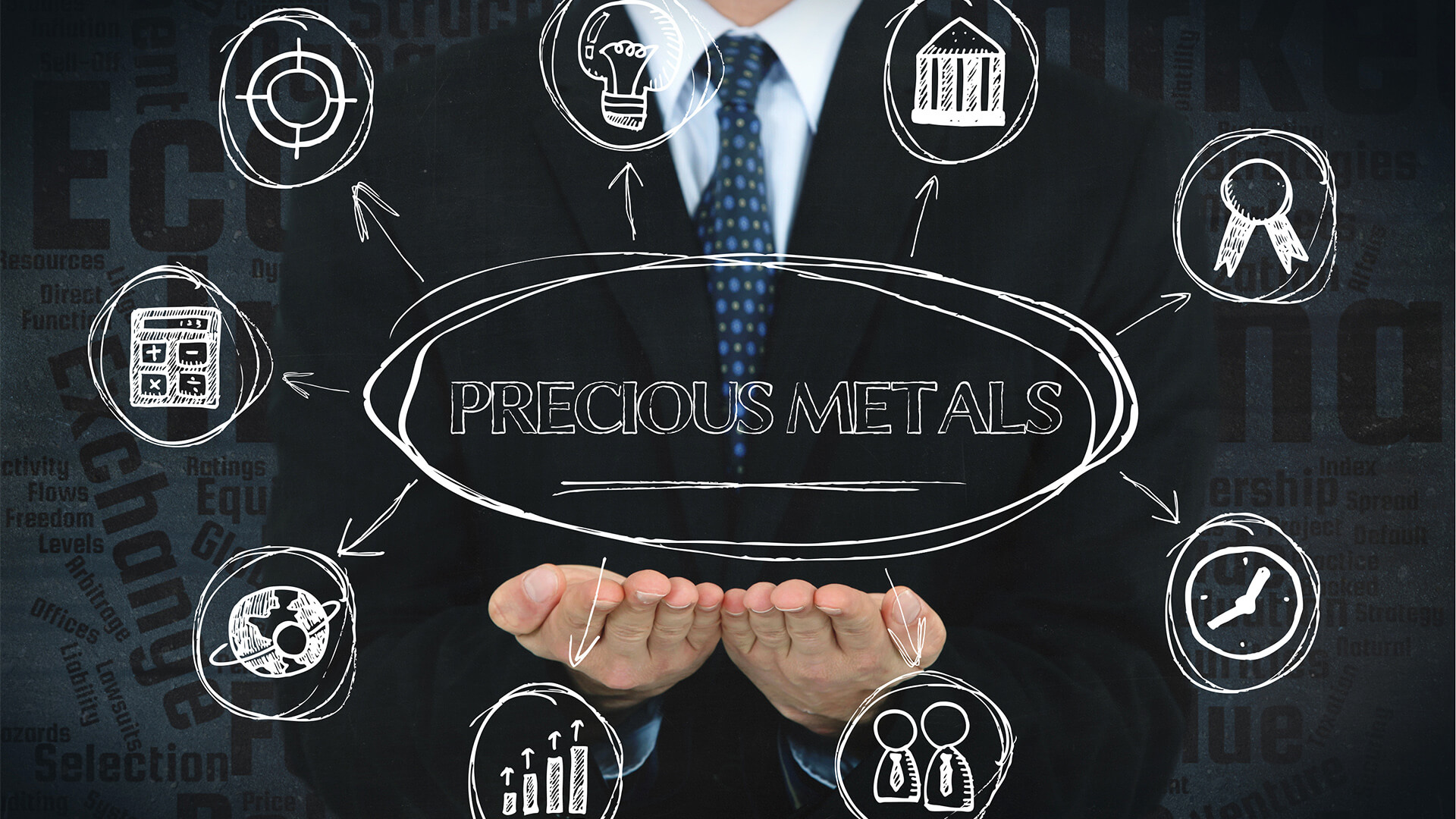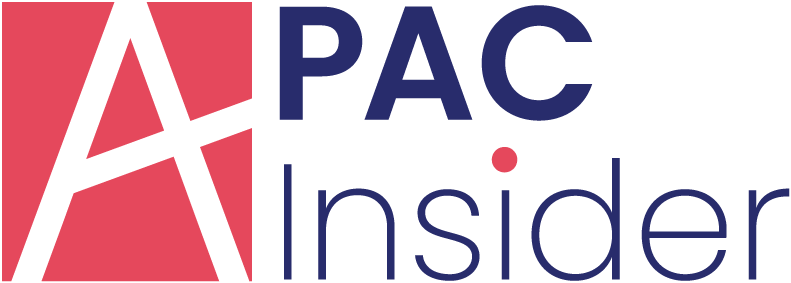
Precious metals have been considered a valuable commodity for centuries. At one time, gold and silver was the primary form of currency. Unlike other currencies, these metals have retained their value over time, which is why many investors still use them today.
Here are some of the overarching benefits to keep in mind if you’re considering a precious metal investment strategy.
Self-Directed IRA Options
One of the main aspects of precious metal investments that investors enjoy is the ability to open a self-directed IRA. This familiarity makes investing in precious metals more comfortable, approachable, and manageable. As an investor, you maintain control of your assets, determining if and when to sell or buy.
If you already have an IRA or 401(k), you can even use the assets to perform a rollover into a gold IRA (the umbrella term for precious metal investments). Take some time to research the best gold IRA companies and discuss your options with a financial advisor to find the best path forward.
Low Market Volatility and Risk
The aspect of investing in precious metals that makes it so appealing to many investors is the low risk and minimal market volatility. While it’s impossible to rule out the potential for market volatility, most precious metals— gold, in particular— are recession-proof and operate separately from stocks and bonds.
Many investors use precious metals as their safe haven account— a failsafe to protect some of their assets should periods of economic distress occur. The value of gold and silver continued to rise through the great recession and the pandemic, while other investments toppled. Precious metals are considered more stable and predictable than real estate and other alternative investments.
Ideal for Diversification
The continuous increase in value, low risk, and market stability make precious metals an ideal alternative investment for portfolio diversification.
It’s worth noting that precious metal investments aren’t without flaws. They have extra costs associated with brokerage and storage and lack the same tax advantages and short-term payoffs as other investments. I.e., you won’t see the return on your investment until you sell.
However, these features are why it’s considered an alternative investment for diversification rather than a primary investment strategy. Talk to a financial advisor to determine whether this alternative investment is the right form of diversification for your investment goals.
Tangible Products
There’s something powerful about having a physical commodity to represent your wealth. In our digital world, currency is largely intangible; you won’t find stacks of cash sitting in a vault to access when you need it.
As precious metals are tangible, they also offer simple liquidity. When you decide it’s time to sell, you work with your broker and custodian to make it happen; there’s minimal red tape and fanfare. This feature also contributes to its value as a safe haven investment.
Various Formats
In addition to several types of precious metals in which to invest, there are also various formats. When you purchase precious metals, you can choose from coins, bars, and rounds. Keep in mind that you can’t purchase precious metals yourself then transfer them into an IRA; you require a broker to manage the purchase of approved products.
Investing in precious metals isn’t for everyone, but it’s a diversification strategy worth considering. If you’re evaluating alternative investments, consider these benefits of precious metals.























